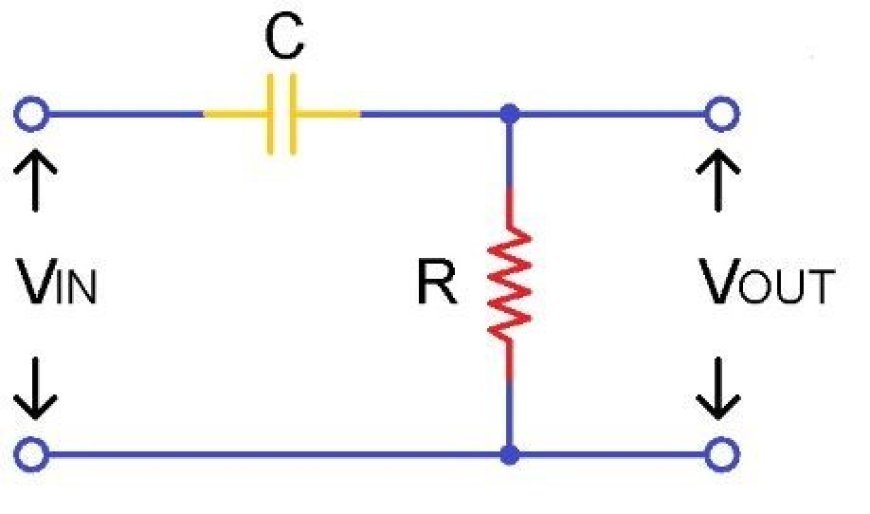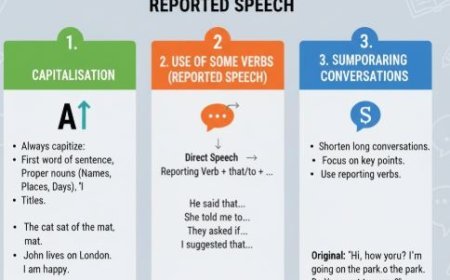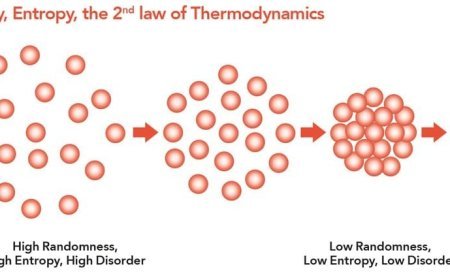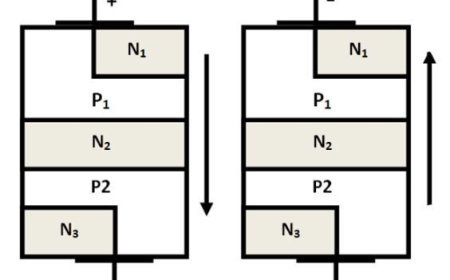HIGH PASS FILTER
High pass filter: Lets high frequencies flow freely, while blocking or attenuating low frequencies.

High-Pass Filter
- A high-pass filter is a type of filter that lets only signals with frequencies higher than the cutoff frequencies through while weakening signals with lower frequencies.
- How the filter is made determines the number of cutoff frequencies.
High-Pass Filter Circuit
- When you connect a capacitor and a resistor in series, you get the basic high-pass filter.
- The signal from the input goes to the capacitor, and the signal from the output goes across the resistor.
High-Pass Filter Circuit
- The capacitor in this circuit has a high reactance at low frequencies, so it lets low-frequency sounds in but cuts them off when the cutoff frequency 'fc' is met. The filter weakens all sounds that are below the minimum frequency level.
- When the frequency goes above the cut-off frequency level, the capacitor's reactance drops. This means that these frequencies can go straight to the output because the capacitor works as a short circuit.
Using Op-Amp to make a high-pass filter
- Add an Op-amp to this high-pass filter, which already has passive filter parts.
- The open-loop features of the op-amp in this instance bind the output response, preventing it from moving.
- Because of this, this filter is a band-pass filter, and the op-amp's bandwidth and gain determine its cut-off frequency.
High-Pass Filter using Op-Amp
- The open-loop voltage gain of the op-amp sets a limit on the amplifier's frequency.
- As the input frequency goes up, the amplifier's gain goes down to 0 dB.
- The way the circuit works is like a passive high-pass filter, but the gain of the op-amp makes the output sound louder.
When using a non-inverting op-amp,
The equation for AV is Vout/Vin = (Af (f/fc))/√(1+ (f/fc)^2).
Af = 1 + (R2)/R1 determines the passband gain of the filter.
f is the signal's frequency in hertz (Hz), and fc is the frequency at which it stops.
- These high-pass active filters work well and are accurate when low-error resistors and capacitors are used.
Active High Pass Filter
- An active high-pass filter, which includes a capacitor, a resistor, and an op-amp, is also called a high-pass filter. This is because the op-amp is an active part of the circuit.
- With this active element, we can change the filter's minimum frequency and output reaction range.
A high-pass filter with a second-order
- First-order high-pass filters are what all of the filter circuits we've seen so far are.
- This is a second-order high-pass filter. It adds another RC network block to the input path of the first-order high-pass filter.
Applications of High-Pass Filters
The main uses of a high-pass filter are the ones below.
- These filters are used to boost sound in speakers.
- When you use a high-pass filter, you get rid of sounds that aren't needed near the bottom of the vocal range.
- High-pass filters are used for AC coupling to stop the amplifier from getting a stronger DC current that could damage it.
- The high-pass filter is used in image processing. In picture processing, high-pass filters are used to bring out the details.
- By adding these filters to an image, we can make every little detail stand out more.
- But using too many of these filters may damage the picture because they make the noise in the picture even worse.
What's Your Reaction?



































